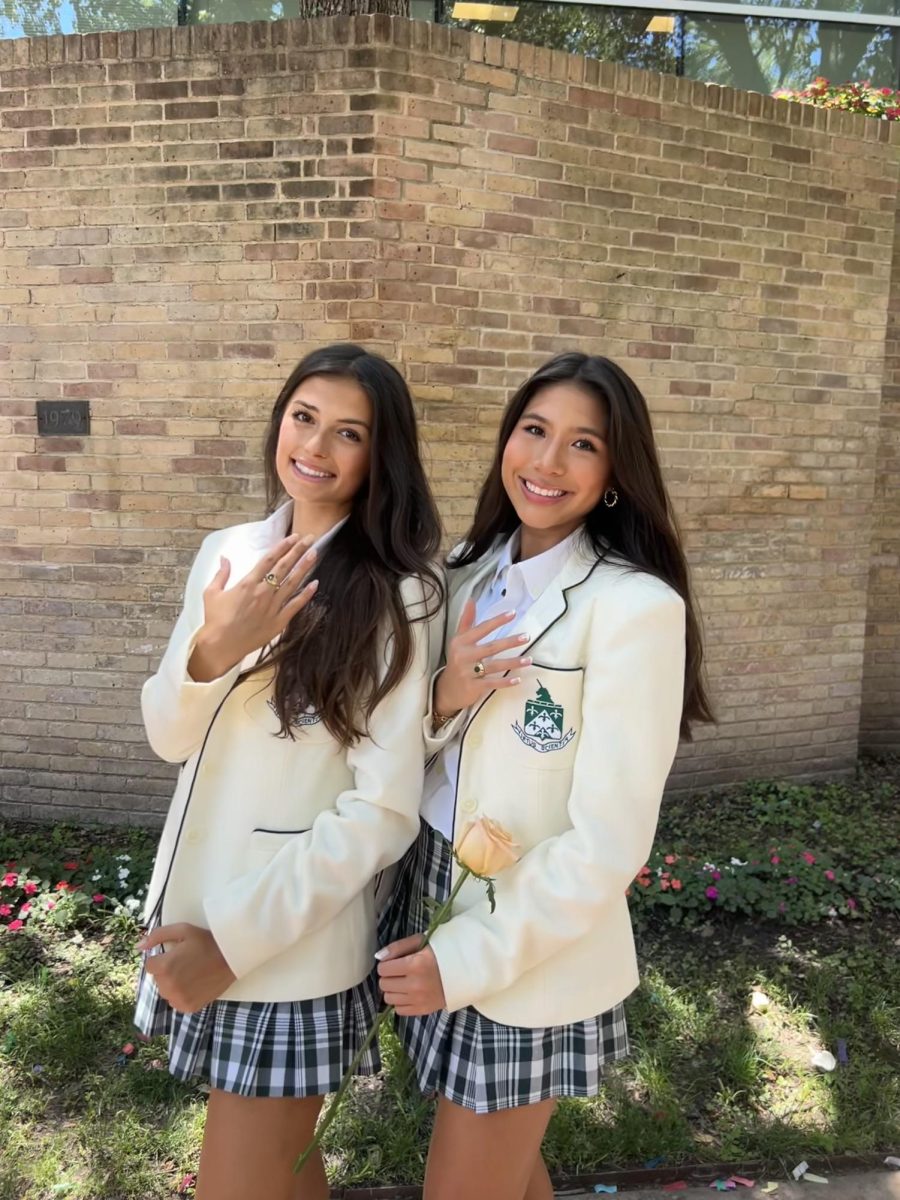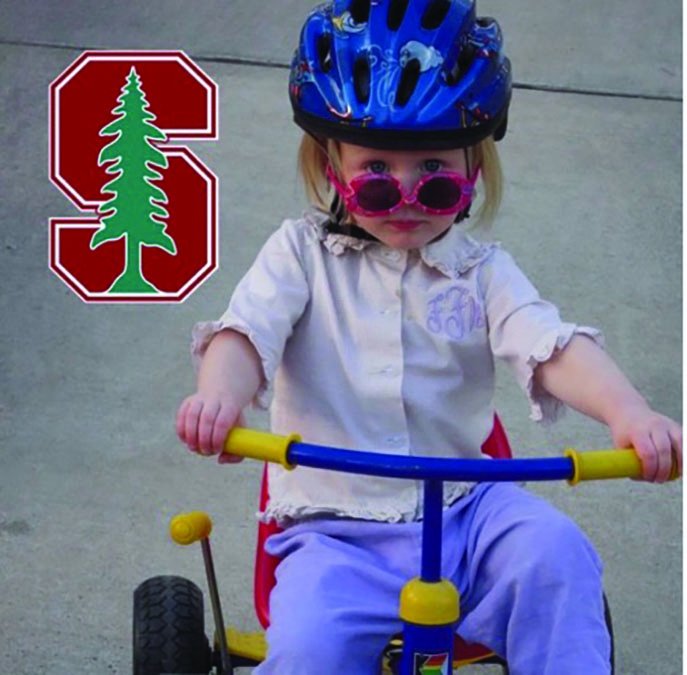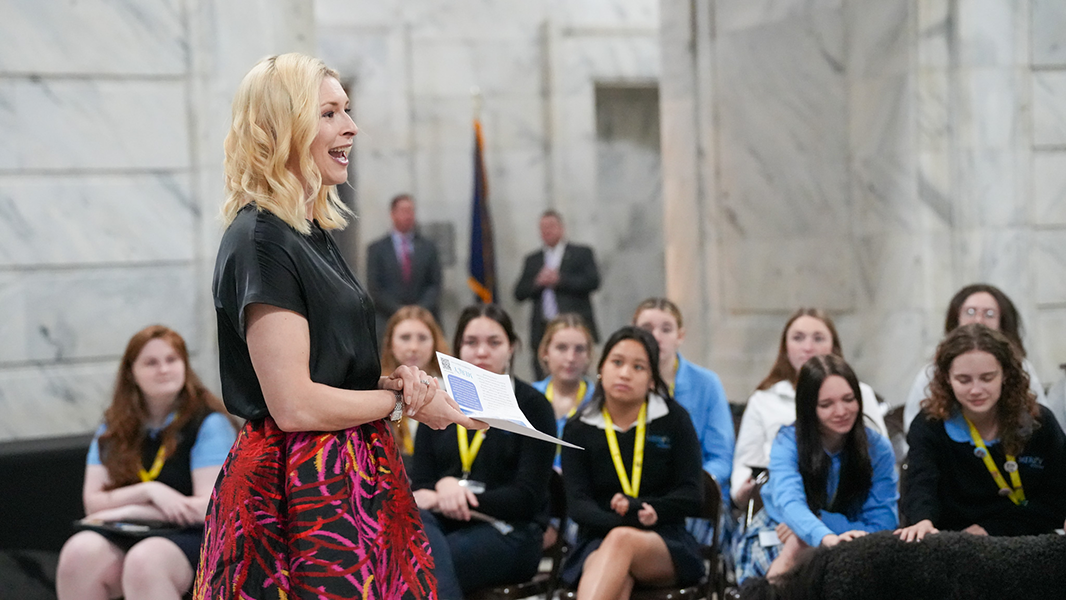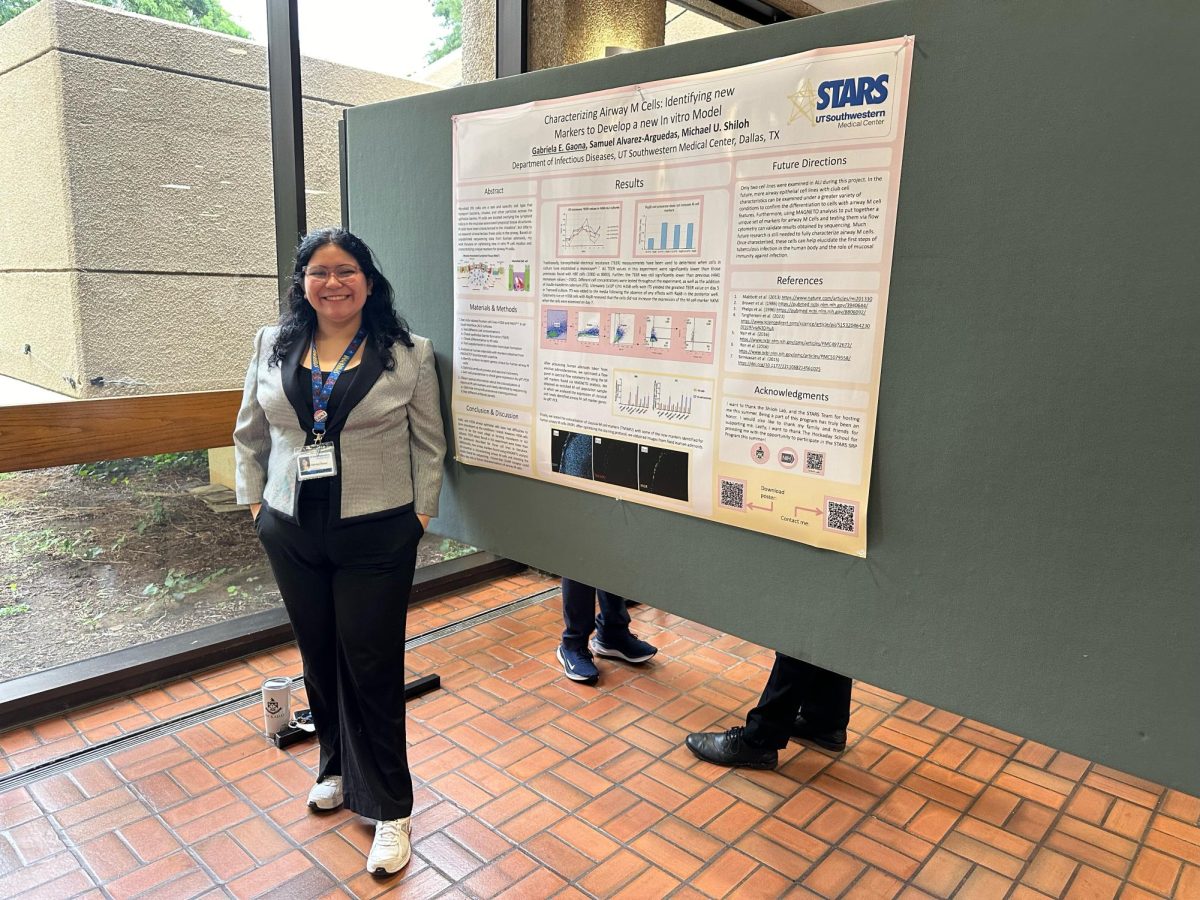Students search for greener solutions to make Hockaday a more environmentally friendly community
Hockaday Upper School students participated in a three-day Human Centered Design workshop over the summer to investigate the possibilities of creating a greener Hockaday community.
Taught by Katherine Canales, Southern Methodist University Research Professor and Director of Design and Innovation Programs in the Lyle School of Engineering, the workshop focused on collective brainstorming in order to come up with ideas to better the Hockaday community.
Junior Claire Noble went into the workshop without a definite idea of the topic, but prepared to put her brain power to the test.
“We knew there was problem solving involved, but we had no idea what the topic was and we really didn’t know until the second half of the first day,” Noble said.
Well into the first day of the workshop, the topic of food waste was introduced to the participants. After the topic had been revealed to the girls, a unique form of brainstorming was implemented that included giant white sheets of paper and note cards that covered the Purnell Gallery. Each student was given a note card to write down her ideas and then place them on the sheets of paper.
Junior Felicity Henderson experienced this type of brainstorming for the first time while participating in the seminar.
“We would come up with ways to get people to compost more or ways to bring people on board. We were told not to have any form of criticism, good or bad, so that we could get our full ideas out there,” Henderson said.
Similar to the three-day program, the faculty, including Upper School Headmaster John Ashton, was introduced to Human Centered Design in a one-day seminar that explained the idea boards process and how “brain-dumping” works.
“Post-it notes and note cards are temporary; we don’t think of that as some formal document,” Ashton said. “I think that’s one example of the strategy used so that when you walk into the space [Purnell Gallery] you just see that it is a creative, generative, brainstorming space.”
The ban on judgement allowed for “more free thinking; you didn’t have to worry about if it was a bad idea. We wrote down every single idea, even if it involved an elephant doing something,” Noble said.
The ideas were then narrowed down to a single purpose of converting the Hockaday cafeteria to a compost system.
Similar to the format of SMU courses, the Human Centered Design workshop was on a condensed scale, and its purpose was to teach how to incorporate different types of problem solving skills. However, this workshop was unique because of its emphasis to include human reaction to change and how to think outside the box.
“I think that girls need to stop the filter and just let the ideas flow, which is what is stopping them more,” Noble said. “We are creative, but we don’t let ourselves because we are afraid of being judged.”
Ashton decided to support this workshop because of the way Canales emphasized creativity.
“Innovation can seem mysterious to people where really this process is a neat multistep process that is very easy to understand but also provides a road map for thinking differently in design,” Ashton said.
One of the big aspects of the course was “an emphasis on empathy.” Canales continued, “We really work to understand the humans in the system we’re designing and then we base our technical and design-related decisions on that understanding.”
After going through the workshop process, students then presented their ideas to a committee including Ashton. However, before presenting their final project to the committee, the girls developed a prototype and tested it out during lunch at the Hockaday Summer Camp.
“When the kids put up their trays, they would separate food waste into a big barrel for compost. Then they prototyped that, and it worked. They did a few prototypes with kids and then came up with a solution,” Ashton said.
By composting food waste, Hockaday would save money because companies will buy the compost and sell it as fertilizer or food for livestock. There was an idea to implement compost into this fall semester, but, according to Ashton, there were not enough funds.
The possibility of their ideas made into a reality was an eye-opener for the girls when they realized how much of a difference the Hockaday Community can make. Henderson realized the power students have to change the community when they work hard for something.
“We, as a student body, have the ability to change some of the things at Hockaday. When it first happened, we were doubtful about our ability to move Hockaday towards compost, but by the end we realized that if we kept together and band together, Hockaday was looking at the process. It made us feel more powerful as a student body.”
– Claire Fletcher






